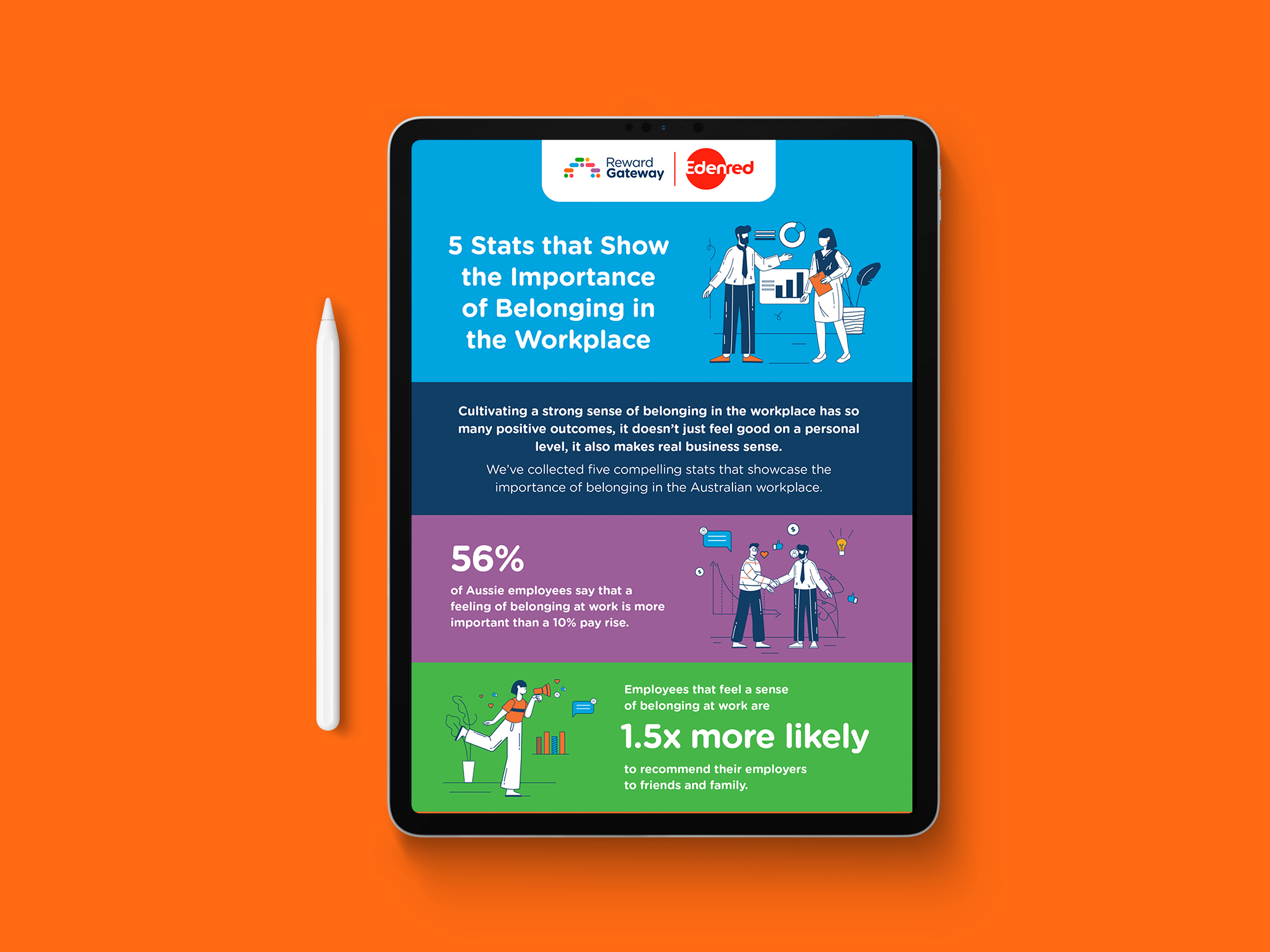.jpg?width=500&name=shutterstock_387764428%20(wecompress.com).jpg)
4 min read
You’ve no doubt overheard or worked with your Marketing Team and heard them talking about tone of voice. In order for a company to build a brand which their customer resonates with, a carefully crafted tone of voice which speaks directly to that target customer is extremely important. A relatable tone of voice tells the customer a lot about the type of business they’re dealing with and helps build trust.
This is why it’s really important for your company to have an intentional, documented tone of voice in employee communications. What I mean by that is that:
You want your workforce to be able to understand the type of business they’re working for, relate to what you’re saying, and trust the message you’re sending.
These all work together to create an identifiable employer brand which they can put their loyalty into and help you master how to write employee communications that they'll trust.
I’ll admit, it’s not as simple as writing in a certain style and deciding to throw in the odd exclamation mark in what you write to make things seem more exciting – there are plenty of things to consider. Let me share with you what I learned when finding a voice for Reward Gateway’s employee communications.

Create a set of communication values to guide your writing
Just as you have a set of company values for employees to live by, it’s a good idea to have a set of communication values to hold yourself to – as well as anyone else who communicates with your people. Your communication values don’t need to specifically link with your company’s – what they need to do is help focus how you’re going to communicate. I came up with the following five values:
- Inform
- Educate
- Inspire
- Connect
- Entertain
And the reason I chose these five is because I felt that they would help to keep our communications relevant and keep out the pieces our audience doesn’t really want to read. This is important because over 85% of our workforce are millennials and, well, you know what they say about how to communicate to millennials. Take the time to think about how you want your communications to be perceived and then come up with a set of values which will help you to focus on achieving that.
.jpg?width=450&name=hayley-cooper-engaged-employee%20(wecompress.com).jpg)
Decide on the relationship between employees and communications
Who do you prefer talking to the most? Parents? Partner? Siblings? Friends? Yourself? It’s often easier to relate to someone you already know and have things in common with, which is exactly the same for employee communications. I wanted to create a level of trust between boom!, our employee engagement solution, and our employees – the same way which they might feel when talking with a friend – someone they’d want to hang out with and join down at the pub.
I chose to make boom! friendly because like a friend, it respects you, is humble, keeps promises, can make you laugh, listens to you and is empathetic.
Embrace two-way communication
That’s what a good friend should be anyway and I’ve definitely met one or who don’t quite tick all of those boxes!
So what’s the relationship you want to create between your employer voice and your employees? It could even be a mentor-type relationship, a coach or an elder who should be treated with respect. You could try surveying your employees to find out who they look up to most and taking it from there.
Ever been speaking with someone who talks at you, keeps the conversation about them, and doesn’t let you get a word in edgeways? Chances are, you’ll be wanting to get away from them as quickly as possible. The same rule applies to your internal and employee communications.
You shouldn’t expect your employee to pay attention to what you’re saying if all you plan on doing is talking at them. From my experience, two-way communication through allowing employees to freely comment on blog posts and keeping leadership visible and transparent in an open setting is what keeps them involved, engaged and active with our content.
Keep your employee communications complexity-free
There are various studies on people’s attention spans, with estimates ranging from 10 minutes to 8 seconds. Either way, in the fight for your employees’ attention against the internet and a flurry of concentration demanding content within it, you need to make sure your communications are free from anything which might cause their attention to break.
After playing around with a few different formulas to increase the amount of time people were spending engaging with my content, I tend to rely on the F structure, which follows best practice from how people absorb and engage with content online to keep complexity to a minimum. I also incorporate a few of my own mantras:
- Opening line: Your chance to grab the reader's attention.
- Opening paragraph: State the facts from the outset.
- Subheadings: Break up your copy with fact-laden subheadings. These should work like bullet points for those who like to skim read.
- Repeat key facts: People don’t read every word. Repeat your key facts and messages to ensure they get picked up.
So there you have it. Four of the ways I found our company’s internal voice and how I ensure everyone else sticks to it. I’m in the process of putting together an eBook on this whole subject - reach out to me on LinkedIn or drop a comment below if you're interested!
 Catrin Lewis
Catrin Lewis

.jpg?width=450&name=SmartTech%20Technology-2%20(wecompress.com).jpg)


